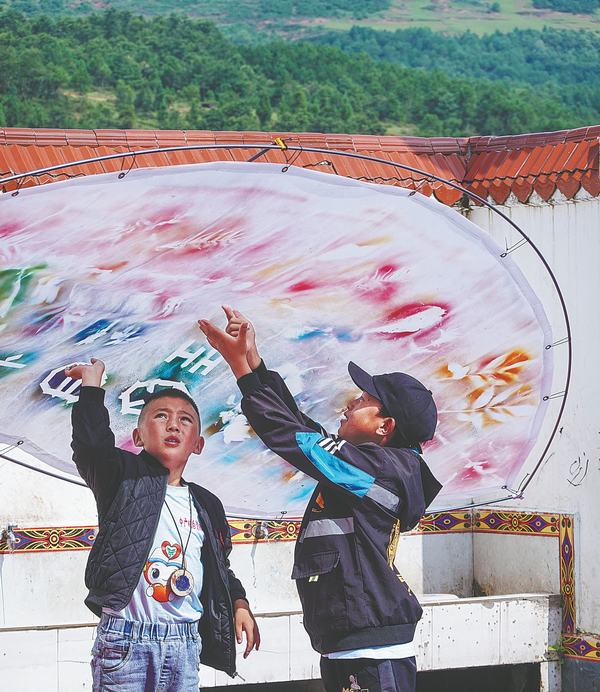

But children making magic and casting a spell to better their surroundings means that a certain person is not too far away. Enter Harry Potter. During the break, the children spontaneously turned a balloon into a Quidditch ball-Quaffle. They designed and assembled their own clubs, and started a little Quidditch game that primed the adults for a try.
Despite all that, Li and Nan have another ambition close to their heart-they want to explore a standard system to insert such lessons into more rural schools.
The system, hopefully, can operate without the architects actually on the scene. Volunteers, usually college students majoring or interested in architecture or art, can be trained online and independently guide the children to get going with the least intervention.
The children, meanwhile, forming teams or simply creating their own work, would design the appearance and functions of the installation or variants if any, give a presentation, discuss, vote and make the decision at last.
In fact, Li's team has already developed two such lessons: one to build conical shelters with thin, flexible tubes and painted plastic sheets, and the other a toy block course.
Li says they have uploaded program information online for reference without charge.
A boy attending a 2018 program in Hubei province wrote in his diary: "I enjoyed concentrating on what I liked doing today, not to ask and not be bothered, but I'm more looking forward to tomorrow's workshop because we're going to use a drill. A real man must know how to use a drill!"
And the next day he continued: "The drill is powerful, efficient and soaked me with sweat, but then I've got a clue how hard my father works, in the heat and without complaints."
As son of a construction worker, the boy says he wants to thank all the fathers who fight for their families.
Program Spark has won the innovative design award for people under 40 at this year's China Eco Design Award held by Beijing Contemporary Art Foundation.
"With mature operation experience and the capability for relatively large-scale replication, the program can benefit more 'left-behind' children," says designer Zhang Na, from the award jury.
Zhang adds that from creating, experiencing, sharing to interacting, the program has helped build a complete solution to tackle creativity and boost morale among the participants.
Li says: "Rural revitalization is not just about upgrading infrastructure, but also about nurturing the younger generation. It's like sowing seeds and we have to wait for 10 years to see whether it brings positive economic, social and environmental linkages between urban, semi-urban and rural areas."
Contact the writer at fangaiqing@chinadaily.com.cn